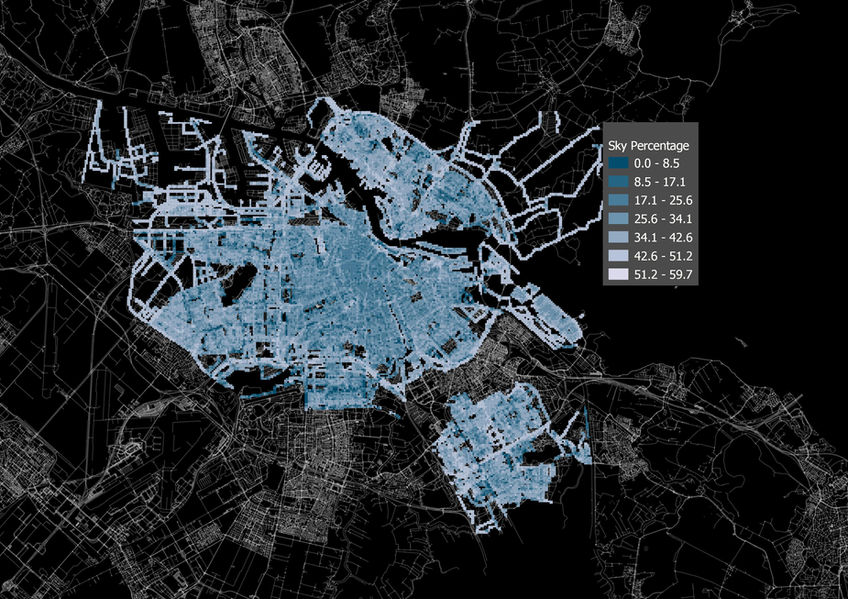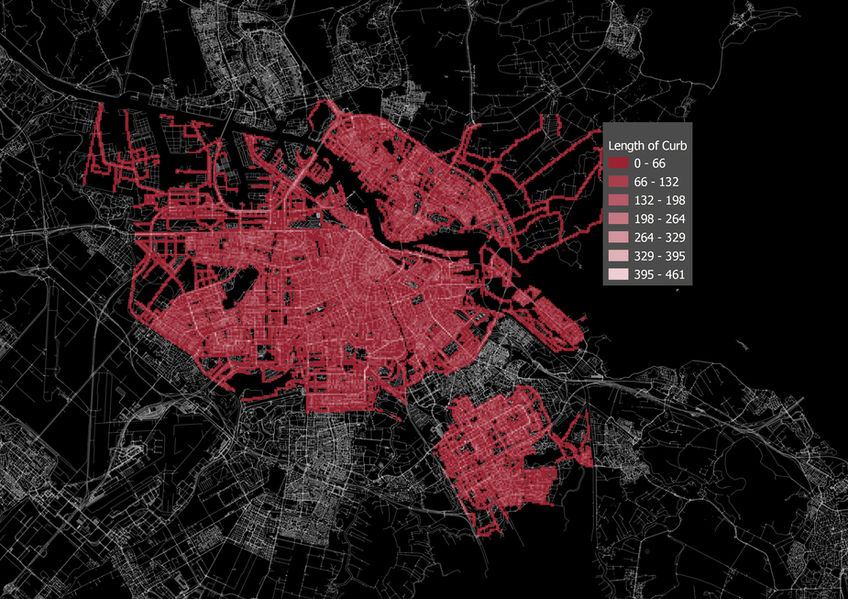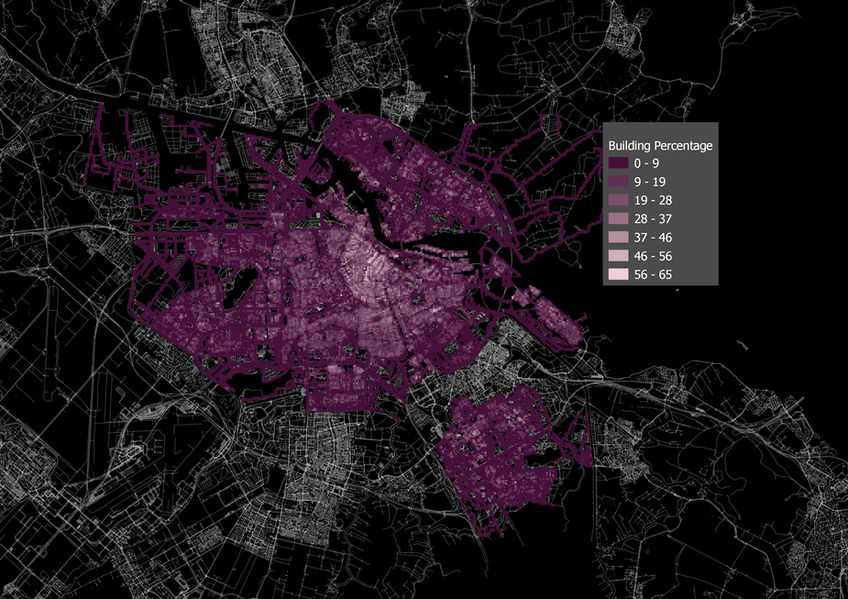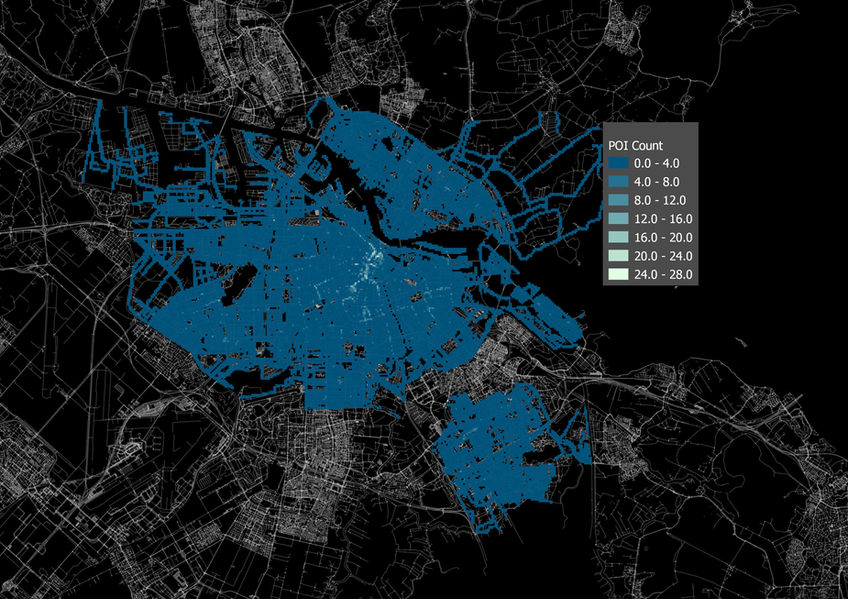THE FUTURE AMSTERDAM CURBS

ABOUT THE FUTURE AMSTERDAM CURBS
Using digitalization as a tool to enable more flexible curbs
The Future Amsterdam Curbs is a research-based living lab connecting curbs to the digital layer of the city. The curb (or the dutch "servicestrook") is the physical space on the streets not dedicated to public transport, car traffic, or bike flows that fulfills a multitude of functions for the city, such as (bike) parking, loading and unloading of goods, recreation, and urban green.
Our aim? Using metropolitan data about Amsterdam to make informed decisions on how to leverage the curb better. This means making the curbs dynamic in function, serving more people throughout the day, and making more use of the scare space in the city.


OUR APPROACH
DATA TO PREDICT TYPES OF STREETS AND THE HUMAN ACTIVITY OF THOSE STREETS IN AMSTERDAM
ANALYSIS OF THE CURRENT ISSUES IN THE CASES RELATED TO THE CURBS
IDENTIFYING CASE STUDIES IN AMSTERDAM
PROPOSING SENSING TECHNOLOGIES AND DESIGNS TO ALLEVIATE THE CURRENT ISSUES
A DATA DRIVEN APPROACH TO CURB REDESIGN
Our Living Lab process

DATA SELECTION
Selecting the right data about the city of Amsterdam to redesign the curb.
COMPUTER VISION
Analyzed 82.000 images from the Amsterdam streetscape using panoptic segmentation developed by the Facebook AI Research group (F.A.I.R.)
EXAMPLES OF THE USED DATA

HIERARCHICAL CLUSTERING
The types of street are uncovered using unsupervised machine learning, which identifies clusters in data.
CURB TYPOLOGIES
The resulting types of streets
CASE STUDIES
To design the future curb of Amsterdam, we selected two streets in Amsterdam as a case study on the curbs.

DE MARNIXSTRAAT

DE CLERQCSTRAAT
CASE STUDIES & TYPOLOGIES
What is the relationship between them?
The Typologies are the basis for the scalability of the designs. Similar streets, similar problems, a similar effects of the design!
.png)
DE CLERCSTRAAT & MARNIXSTRAAT

USING A 4 STEP DIGITALIZATION APPROACH
.png)
THE PROPOSED DESIGNS
Based on the identified issues, we developed specific solutions for each case study.

Based on feedback from designers and engineers from the municipality, we focus on the interplay between bike parking, car parking, residential use, and loading and unloading areas for delivery:







